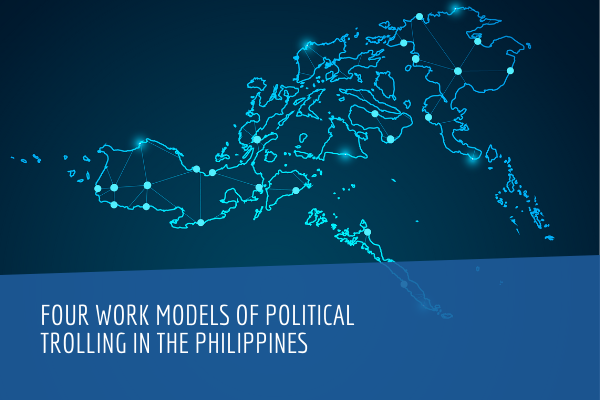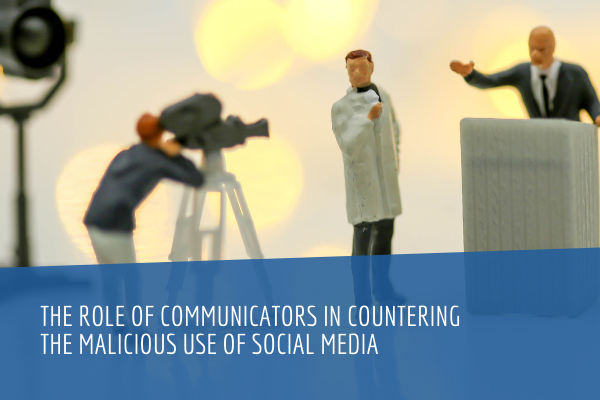About the Study
Landscape scan of the manipulation tools and services available for WhatsApp and Telegram, finding as diverse a group of services on the open web. Assessing the tools and services: evaluating the cost, methods and scale of manipulation, quality of manipulation tools and services, and the ability of WhatsApp and Telegram to identify and counter manipulation on their platforms.
Aims of the Study
Mapping the online market for manipulation tools and services available for WhatsApp and Telegram. Assessing the effectiveness of these tools and services against the protective mechanisms put up by the messaging applications. Provide national institutions and communications practitioners with an overview of the scale and effect of manipulation on these platforms.
This study maps the online market for manipulation tools and services available for two popular messaging applications: WhatsApp and Telegram. In doing so, we assess the effectiveness of these tools and services against the protective mechanisms put up by the messaging applications. This publication aims to provide national institutions and communications practitioners with an overview of the scale and effect of manipulation on these popular social messaging platforms.
In collaboration with Singularex, a Ukrainian social media analytics company, we conducted the study in two parts. The first part consisted of a landscape scan of the manipulation tools and services available for WhatsApp and Telegram. We searched the web and spoke to sellers and freelancers over a period of two months to understand what a customer, or a potential malign actor, can purchase online. Given that previous research on social media had shown no significant difference between social media manipulation services available on the dark web and the open web, we decided to focus our efforts on finding as diverse a group of services on the open web as we could.
The second part involved assessing the tools and services identified. This included evaluating the cost, methods and scale of manipulation available, the quality of manipulation tools and services, and the ability of WhatsApp and Telegram to identify and counter manipulation on their platforms.
Conclusions
This study sheds light into the open, global, and cheap marketplace for manipulation available on social messaging platforms. While the marketplace is not as mature as the one for social media manipulation, it does offer tools and services that a malign actor can easily purchase to reach a selected audience. Through the study, we discovered that:
- The manipulation of social messaging platforms, especially mass messaging, is an information influence and cyber-security risk. One third of private companies admitted to having suffered a breach that involved a mobile device in 2019, a 5% increase from the previous year.32 Cyber-attacks often start with phishing attempts, including getting an unsuspecting user to click on a malicious link. Mass messaging directly to an individual through social messaging platforms, a more trusted medium, increases society’s vulnerability to cyber-attacks in general. Similarly, messaging platforms such as SMS have previously been exploited for information operations by adversaries in times of crises. Social messaging platforms may be equally vulnerable to this exploitation.
- The manipulation ecosystem predominantly caters to mass messaging services – but that might change with monetisation. The orientation to mass messaging can be attributed to the fact that WhatsApp and Telegram are still relatively advertisement-free, making the incentive to move beyond telemarketing limited. With plans for both platforms to monetise various parts of their applications, the scale and avenues for manipulation are expected to expand correspondingly.
- Manipulation services and tools are widely available, but generally display limited sophistication and usability. Although the existing ecosystem is extensive, the services and tools adopt rudimentary methods of circumventing the protective mechanisms of the platforms, and it is clear that the social messaging platforms are currently capable of detecting and disrupting large-scale coordinated mass messaging attempts. This is a race where social messaging platforms are currently in the lead.
- Device fingerprinting is a useful way to detect manipulation, but safeguards against personal data breaches should be put in place. We found that the social messaging platforms have robust mechanisms for detecting manipulation that can in some part be attributed to the large amounts of metadata the platforms take from a user. In contrast, previous research has shown that social media companies are falling behind in this race. While elements of digital fingerprinting can be adapted to improve protection on social media platforms, concurrent efforts should be made to reduce the data privacy risk and mitigate the possible negative effects of a breach of collected metadata.
- The overlaying of risks exponentially increases the dangers associated with social messaging. This study has reinforced that, due to the sheer number of tools and services available, it is certainly possible for motivated malign actors to leverage social messaging platforms to manipulate the perceptions of vulnerable audiences. Given its inherent exclusivity, social messaging platforms are also arguably regarded as ‘safer’ spaces for communication. Unfortunately, this feeling of a ‘safer’ space makes one increasingly susceptible to information influence and impersonation attempts. ‘Hacked’ or misappropriated accounts, especially of influential individuals, can result in exponentially greater effects of information influence activities.






